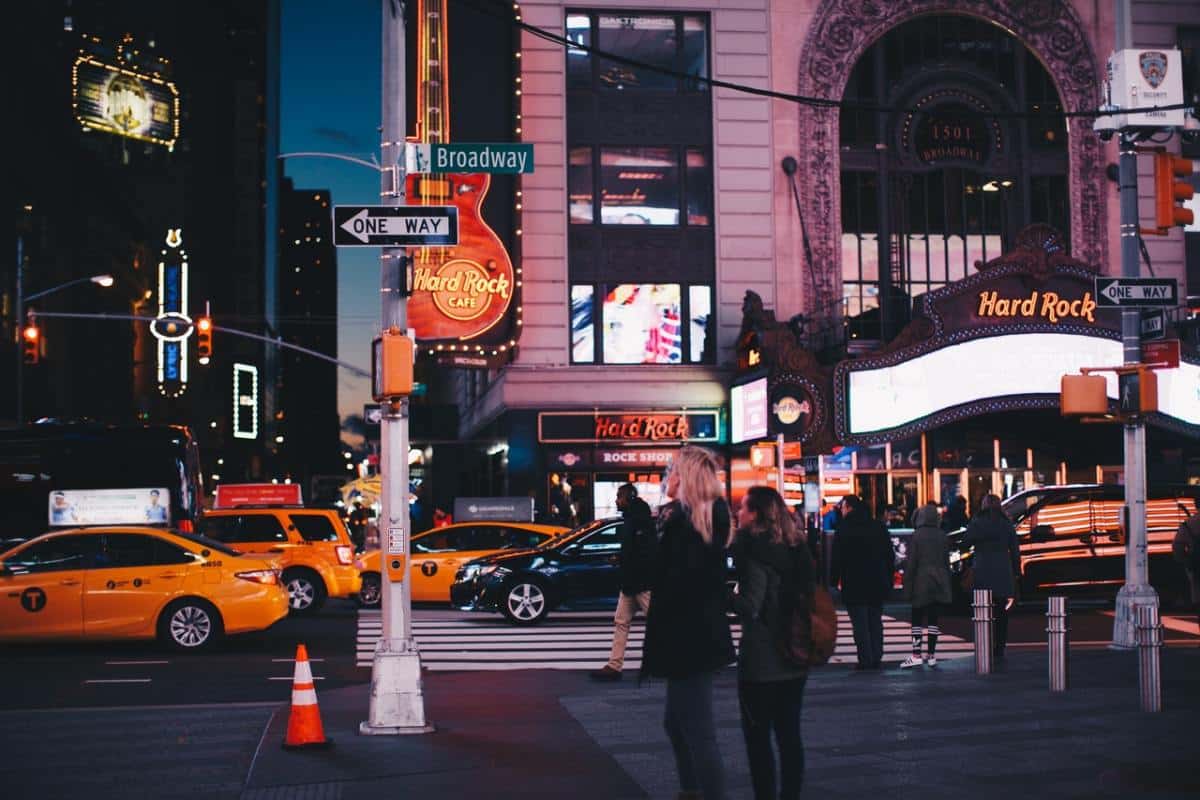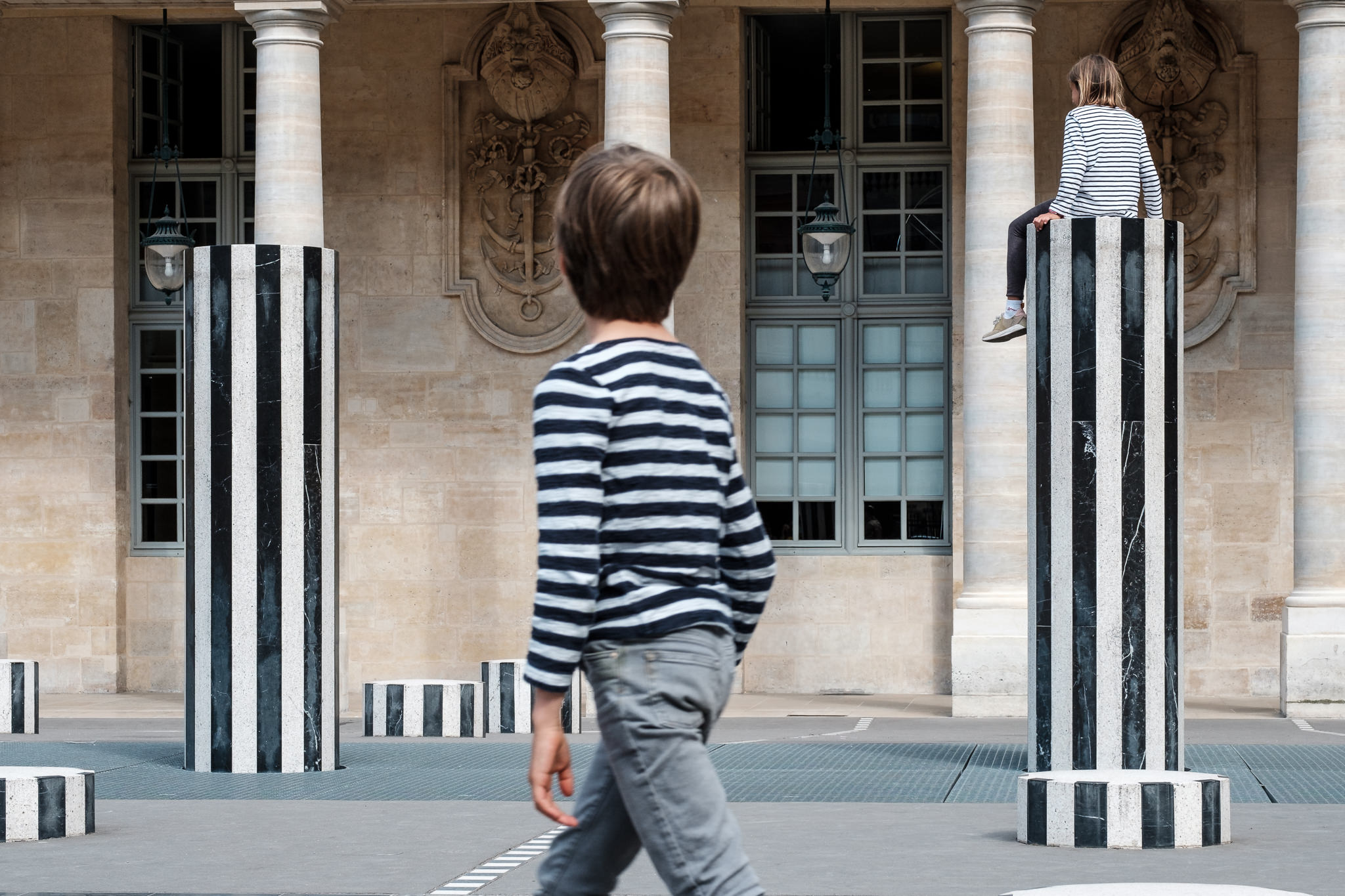The Buzz on Street Photographers
Table of ContentsThe 4-Minute Rule for Street PhotographersThe Ultimate Guide To Street PhotographersExcitement About Street PhotographersThe Main Principles Of Street Photographers Everything about Street Photographers
Street digital photographers do not always have a social purpose in mind, however they choose to isolate and record moments which could or else go unnoticed.He was influenced by numerous of those that affected the street professional photographers of the 1950s and '60s, he was not chiefly interested in capturing the spirit of the road. The impulse to visually record people in public started with 19th-century painters such as Edgar Degas, douard Manet, and Henri de Toulouse-Lautrec, that worked side by side with digital photographers attempting to capture the significance of urban life.
Due to the somewhat primitive technology offered to him and the lengthy direct exposure time called for, he had a hard time to record the hustle and bustle of the Paris streets. He trying out a series of photographic techniques, trying to locate one that would certainly enable him to catch movement without a blur, and he located some success with the calotype, patented in 1841 by William Henry Fox Talbot. While the professional photographers' topic was essentially the same, the results were significantly different, demonstrating the influence of the professional photographer's intent on the personality of the pictures he created.
Provided the great top quality of his pictures and the breadth of material, designers and musicians typically purchased Atget's prints to make use of as reference for their own work, though commercial interests were barely his primary motivation. Instead, he was driven to photo every last residue of the Paris he enjoyed.
The Main Principles Of Street Photographers
They disclose the city with his eyes. His work and basic understanding of digital photography as an art kind offered as motivation to generations of professional photographers that followed. The following generation of road professional photographers, though they likely did not describe themselves therefore, was ushered in by the photojournalism of Hungarian-born photographer Andr Kertsz.
Unlike his peers, Brassa used a larger-format Voigtlnder electronic camera with a longer direct exposure time, forcing him to be extra calculated and thoughtful in his technique than he could have been if making use of a Leica. (It is believed that he may not have actually been able to manage a Leica during that time, but he did, nevertheless, make use of one in the late 1950s to take colour photos.) Brassa's great post to read pictures of the Paris underworld brightened by man-made light were a revelation, and the collection of the collection that he published, (1933 ), was a significant success.
Cartier-Bresson was a champion of the Leica electronic camera and one of the very first digital photographers to maximize its abilities. The Leica permitted the professional photographer to engage with the surroundings and to catch minutes as they took place. Its website here reasonably small size likewise aided the digital photographer fade into the history, which was Cartier-Bresson's recommended technique.
Excitement About Street Photographers
It is since of this essential understanding of the art of photo taking that he is usually credited with rediscovering the tool throughout again approximately a century considering that its creation. He took photos for more than a half century and influenced generations of digital photographers to trust their eye and instinct in the moment.
These are the questions I shall try to respond to: And then I'll leave you with my own definition of street digital photography. Yes, we do. Allow's kick off with specifying what an interpretation is: According to (Street Photographers) it is: "The act of defining, or of making something precise, distinctive, or clear"
No, most definitely not. The term is both limiting and misinforming. Seems like a street digital photography need to be pictures of a streets appropriate?! And all road digital photographers, besides a handful of outright novices, will completely appreciate that a road is not the essential part to street digital photography, and in fact if it's an image of a street with perhaps a few boring individuals doing absolutely nothing of passion, that's not street digital photography that's a picture of a road.
Street Photographers Fundamentals Explained
He makes a valid factor do not you think? Nevertheless, while I concur with him I'm not exactly sure "candid public digital photography" will certainly capture on (although I do kind of like the term "candid digital photography") because "street digital photography" has been around for a long time, with several masters' names affixed to it, so I believe the term is here to remain.
Inside?! I hear you yell as you tremble your clenched fist to the skies. Why not? You can shoot at the beach, at an event, in a street, in a park, in a piazza, in a coffee shop, at a museum or art gallery, in a city terminal, at an occasion, on a bridge, under a bridge ...

The Of Street Photographers
